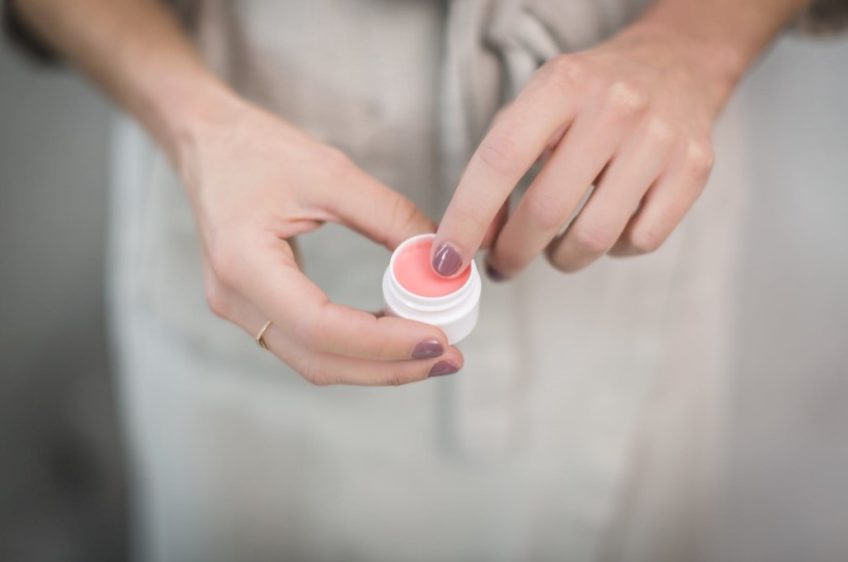We all need a roof above our heads. That’s why we always aspire to have a home we can live in – be it rented or owned. At some point, we will need to decide on making that big purchase. If you need help in making the decision, we’ve laid out the different pros and cons of buying your own house.
Pros:
- An excellent long-term investment. The value of land goes up because it is a finite resource. Even if the structure you built will depreciate, land doesn’t. It becomes valuable over time. When you buy a house and lot, you’re getting an asset for yourself. Just make sure you have the best residential buyers agent to help you with the purchase.
- You can build Equity is the difference between what you can sell your property for versus what you owe. As you pay off your mortgage, your equity grows.
- Sense of ownership. Since you own the property, you have all the control over what to do with it. You can renovate it, change the paint color – you are your boss—no need to ask permission from any property management office.
- Stable monthly payments. Buying a home means having a fixed-rate mortgage, which means you will pay the same amount until you complete the payment. On the other hand, the rate of rent fluctuates. It can increase whenever the owner wants it to. It would be wise to rethink investing in things on a rented property.
- Stability. Buying a home shows strength. You will be paying for it for a long time. This means that you are already confident that you can pay for it for the years to come when you make this decision.
Cons:
- High upfront costs. You’ll need to pay an upfront cost of 2% to 5% of the purchase price when you get a mortgage. This can be quite an amount since it includes different fees, property taxes, mortgage insurance, home inspection title search, and so much more.
- Less mobility. As stability is considered one of the pros of buying a house, this would also mean less mobility. It can be disadvantageous during instances when you need to move. For example, there’s this great job in a different location. It’s not as easy to transfer any more.
- Maintenance cost. When something is broken in your house, you will be the one to handle the maintenance. Unlike renting, the property owner or the property management can take care of it (depending on what is stipulated in your rental contract).
- Property values can fall. While your land value appreciates over time, the building can doesn’t. Your building can depreciate over time if it is not maintained correctly.
- Illiquidity. Compared to other assets like stocks, houses don’t sell quickly. It can take time, and you’ll have to continue paying the mortgage loans while waiting for it to be sold.
Choosing a home over a rented place is a big decision. It’s a decision that will affect you much financially for the years or even decades to come. So, you have to weigh your choices carefully. Think about where you are now in your life and whether owning a home can bring you more good than bad.
















